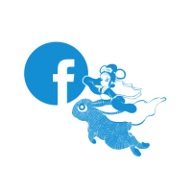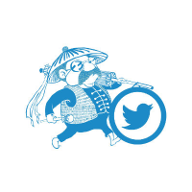









05 December 2016 by Roy Preece
As well as language and style, when we edit a Chinese story for young English readers, no matter how short and apparently simple the story may be, we have to think about ‘plot’ and how to emphasise the plot in our writing. This may involve some restructuring of the original.
In his book, The Seven Basic Plots: Why We Tell Stories, Christopher Booker argues there are seven fundamental and universal plots. He was influenced by the ideas of the psychologist Carl Jung and the theory of the ‘collective subconscious’ which suggests that the structures of the subconscious mind are shared among all human beings, and that ancient legends, fairy tales and dream stories have common fundamental meanings. It appears to be an attractive idea, but many ancient tales have a dark side too, as in the collected stories of the Grimm Brothers.
As well as the seven plots, Booker suggests an overarching ‘meta plot’ or super plot which includes all the others and is supposed to summarise every story ever written. The meta or super plot has five stages:
This outline plot is much simplified here. There may be sub plots occurring before, or along with, the main plot. The cycle of stages may be repeated two or more times. We all know how in disaster movies a major danger appears to have been overcome, and everyone is relaxing, when suddenly a new threat appears to the weary characters.
Booker has been criticised because, although he claimed these plots were ‘universal’, he used only Western examples; it is interesting to consider whether traditional Chinese stories fit this pattern too. On the whole we think they do, but in the original stories their dramatic structures do not seem to be given the emphasis which they would have in the West. We try to highlight the successive crisis points in the stories and so perhaps we are imposing a structure, but as we shall see, the elements of the plots are in the original legends. We try to treat each page as a ‘mini chapter’ with an incident on each page, (which also helps our artists to get ideas for the illustrations, which are on every page too). There are sometimes arbitrary incidents in the originals which seem to be significant, but ultimately have no influence on the story; in a very short version these have to be omitted, though perhaps they are vestiges of events which have been lost in the long history of Chinese legends. The traditional Western central character or ‘hero’ is often absent. The moving force in a story may be a wise old person, while the action is often a communal effort by ordinary people who collectively fulfil the role of hero or heroine in the plot. In Part 2 we’ll have a look at some of the plots used in some of the Snowflake Books stories of Chinese legends.